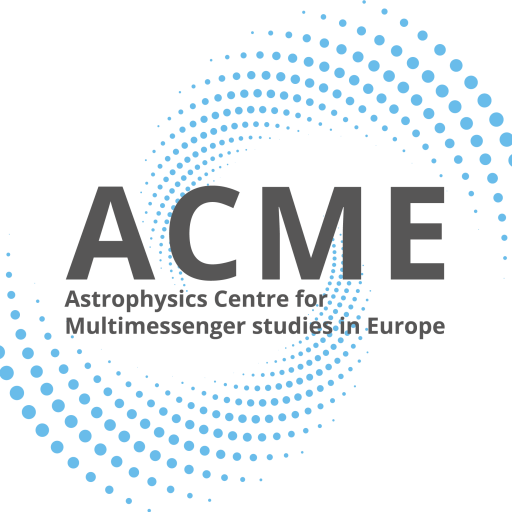Swift was launched by NASA on 20th November 2004 in a low Earth orbit which allows for roughly hour long observations of a source. The Burst Alert telescope observes in the 15-150 keV domain down to a sensitivity of ~1 x 10⁻⁸ erg cm⁻² s⁻¹ for a short burst detection.
It has a 1.4 steradian field of view and a 17’ PSF and is dedicated to detecting transient events and notably gamma-ray bursts.
The satellite can repoint automatically in less than 90 seconds to focus the two small FoV instruments on a recently discovered transient. The X-ray telescope observes in the 0.3-10 keV domain down to a sensitivity of ~8 x 10⁻¹⁴ erg cm⁻² s⁻¹ for a 10 ks observation. It has a 23.6’ x 23.6’ field of view and an 18’’ PSF.
There is also the Ultra-Violet Optical telescope (UVOT) observing in 6 different filters from the UV to the optical (UVW2, UVM2, UVW1, U, B, V), with a 17’ field of view and the possibility of carrying out fast photometry or grism spectroscopy with a resolving power of ~75-150. It can observe down to a V magnitude of ~22.3 magnitudes. The angular resolution is 2.5’’. A living catalogue of sources contains 2.7 million detections and ~343000 unique sources.
For more information see https://swift.gsfc.nasa.gov/
